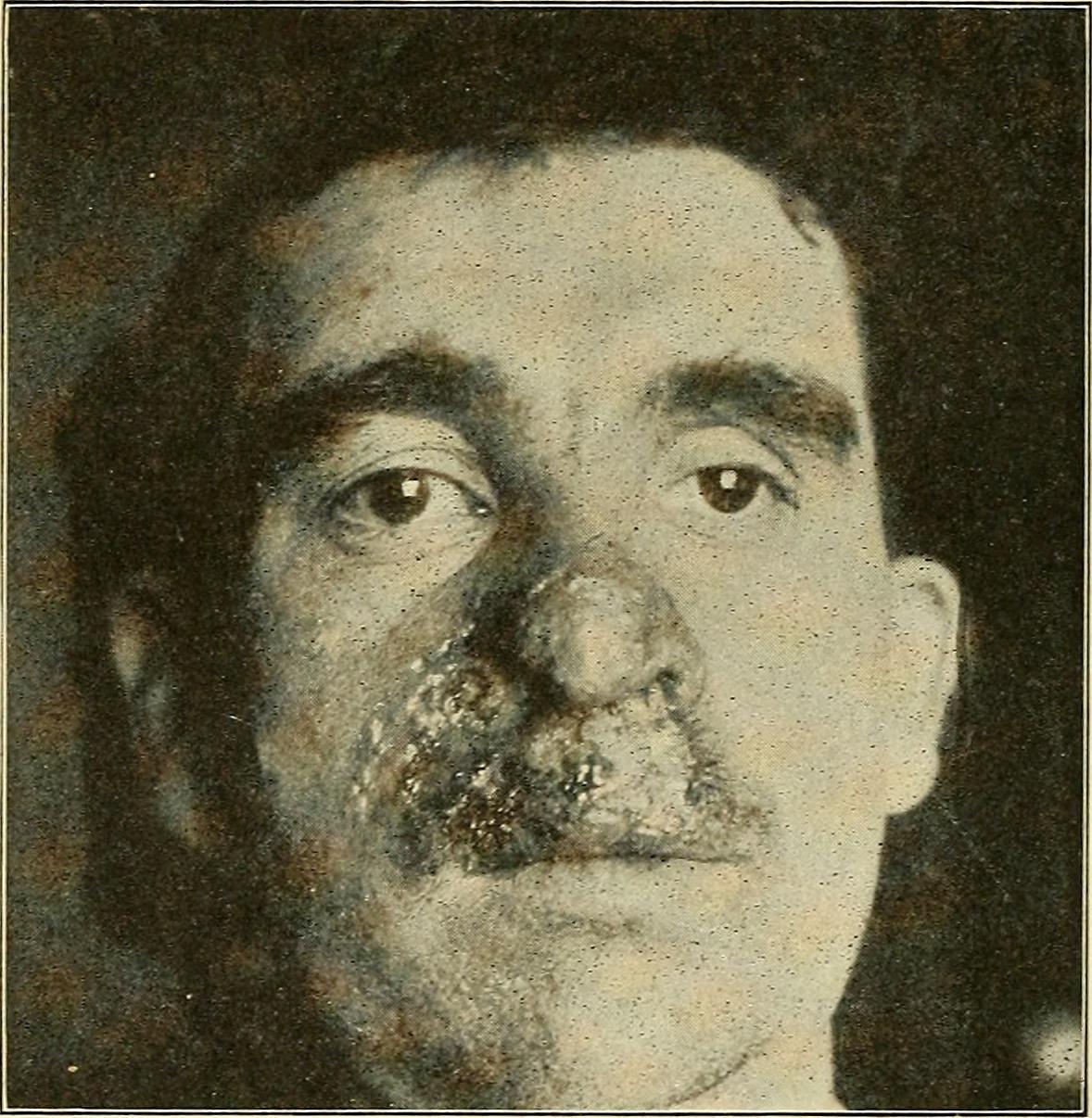 hen King Charles VIII of France invaded Naples in 1495 a new disease appeared among his soldiers, later named as syphilis, which at the time was an extremely serious disease and whose spread was extremely rapid, as was the case in Europe in the late fifteenth century. Although its mortality cannot be compared to the bubonic plague, it was still one of the most dangerous diseases in human history.
hen King Charles VIII of France invaded Naples in 1495 a new disease appeared among his soldiers, later named as syphilis, which at the time was an extremely serious disease and whose spread was extremely rapid, as was the case in Europe in the late fifteenth century. Although its mortality cannot be compared to the bubonic plague, it was still one of the most dangerous diseases in human history.
The symptoms were painful as well as repulsive and there were only a few remedies that proved to be more harmful than effective. Sexually transmitted diseases, such as syphilis, in this case, had been the cause of death for many soldiers throughout history. For example, it was the second most common cause of American soldiers’ disability and absence from duty during World War I.
The origin of syphilis
At first, it was believed that syphilis was brought from the Americas to Europe by Columbus in 1493. But an old study from 1934 showed that the disease already existed in Europe before 1493.

In the summer of 1494, King Charles VIII of France and his army of 50,000 men headed for northern Italy to conquer the Kingdom of Naples and overthrow its ruler, Alfonso II.
The goal was for Naples to become a base from which to launch military campaigns in the Middle East in the context of the Crusades. The mission was completed in February 1495. After that, the French soldiers celebrated in many ways, and after a short time, they were confronted with a terrible sexually transmitted disease.
It is said that over 45,000 of the men had died due to sexually transmitted diseases, counting most of the deaths caused specifically by syphilis. Due to the primitive medical practices as well as the very little knowledge of sexually transited diseases, the medics at the time failed to save any of the soldiers which had been infected with syphilis. Worse than that, many had been the guinea pigs for potential cures for syphilis, but most of them ended up dying in unimaginable pain.
Symptoms
The disease begins with genital ulcers, followed by fever and muscle aches, and after a few months, foul-smelling abscesses begin to appear all over the body. The wounds could become ulcers, which could destroy the bone structure, especially affecting the skull.
At that time, syphilis was much more severe than it is now and spread much more easily. Charles VIII’s soldiers were so ill that the army had to withdraw.
Then the epidemic began to spread so rapidly that in 1497 it spread throughout France, Switzerland, Germany, England, and Scotland. In 1500 syphilis reached the Scandinavian countries, Hungary, Greece, Poland, and Russia. Explorers took the disease to Calcutta, India, in 1498, and in 1520 it reached Africa, the Middle East, China, Japan, and Oceania.
The name of the disease
Because there was no official name for the disease as medics weren’t aware of it, people named it after the enemy they believed was responsible. The French called it “Neapolitan disease”, “Spanish disease” or “smallpox”. The English and Italians called it “French disease,” the Germans called it “French evil,” the Russians called it “Polish disease,” and the Poles and Persians called it “Turkish disease”. The Turks called it “Christian disease,” the people of Tahiti called it “British disease,” In India it was known as “Portuguese disease,” and in Japan, it was known as “Chinese smallpox.”
The final name of the disease, syphilis, comes from a Latin poem called “Syphilis sive morbus gallicus” (syphilis, or French disease), published in 1530 by Girolamo Fracastoro.
Avid Writer with invaluable knowledge of Humanity!
Upcoming historian with over 30 million views online.
“You make your own life.”





